As we step into 2024, the landscape of web design continues to evolve, offering fresh perspectives and innovative approaches that captivate users and drive results. This year, the focus has shifted toward creating immersive experiences that blend stunning visuals with seamless functionality, setting new standards for digital excellence. From cutting-edge user interfaces to responsive layouts that adapt to diverse devices, the best web design examples of 2024 showcase a remarkable ability to engage and convert. Whether you’re a seasoned designer or just beginning, understanding these trends and the strategies behind them can empower your projects to stand out. In this comprehensive exploration, we delve into the top web design trends and examples that define 2024, highlighting the creativity and practicality driving the industry forward. Prepare to discover how these groundbreaking designs are shaping the future of online experiences.
Key Takeaways
– Innovative Platforms: 2024 saw the rise of cutting-edge web design platforms and tools, offering intuitive interfaces and robust collaboration features.
– Figma’s Breakthrough: Figma revolutionized web design with enhanced accessibility and voice user interface (UI) tools, boosting usability.
– Pentagram’s Blended Experiences: Renowned studios created interactive experiences that seamlessly blend web and app design, using dynamic visuals and soundscapes.
– Sagmeister & Walsh’s Innovation: Their brand identity work introduced micro-interactions and personalized content, setting new standards for engagement.
– Adobe Spark’s Leap: A sleek, gesture-based interface adapted to individual preferences, enhancing creativity and collaboration.
– 3D Elements and Animations: Websites now feature immersive 3D animations and transitions, offering unique visual journeys.
– Micro-Interactions: Subtle animations and feedback loops are transforming user experiences, adding depth to navigation.
– AI-Powered Personalization: AI is reshaping design by tailoring content dynamically, creating highly personalized interfaces.
– Cinematic Animations: Smooth transitions and parallax effects rival traditional film effects, making interfaces feel more lifelike.
– User-Centric Focus: Clean, minimalist designs reduce cognitive load, while dynamic layouts adapt to user context.
– Future of Design: 2024’s web design emphasizes user-first experiences and sophisticated visuals, paving the way for future interactions.
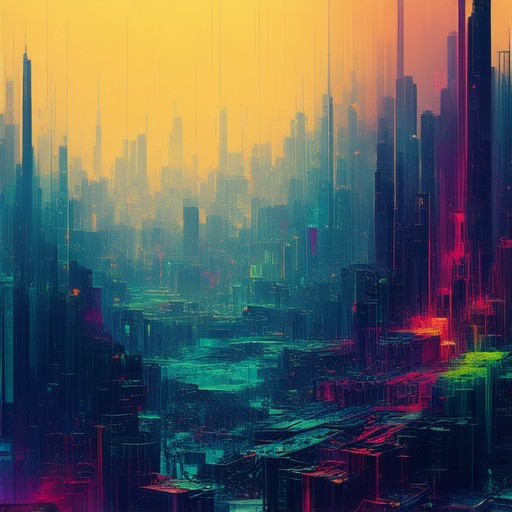
Best Web Design Examples from 2024
In 2024, web design has evolved significantly, embracing new trends and technologies. Here are some standout examples that define modern web design:
- Minimalist and Clean Designs : Many websites in 2024 are opting for sleek, minimalist designs that prioritize functionality and user experience. A great example is Figma , which uses clean layouts and intuitive navigation to enhance user interaction.
- Interactive and Dynamic Content : Websites like Adobe Spark showcase how interactive and dynamic content can captivate users. Their designs feature smooth animations, hover effects, and engaging micro-interactions.
- Responsive Design : Responsive design remains a cornerstone of web design, but 2024 brings more sophistication to it. Tools like Canva demonstrate how responsive designs can seamlessly adapt to various screen sizes while maintaining visual appeal.
- Custom Animations and Transitions : Custom animations are becoming increasingly popular. Platforms like Grids highlight how subtle yet impactful animations can elevate user experiences.
- Accessibility-Focused Designs : In 2024, many websites prioritize accessibility. Bubble is a prime example, offering drag-and-drop tools that make it easier to create accessible and inclusive web designs.
These examples reflect the diversity of web design trends in 2024, showcasing innovation, usability, and aesthetics. Whether you’re building a personal portfolio or a corporate website, these designs serve as inspiration for creating visually stunning and functionally robust platforms.
Top Web Design Trends and Examples to Follow in 2024
Explore the most impactful web design trends shaping 2024 and discover practical examples to inspire your next project.
- Minimalist Design – Clean layouts with ample white space, subtle shadows, and minimalist typography continue to dominate. Brands like Adobe and Figma showcase how simplicity enhances usability.
- 3D Effects and Depth – Integrating subtle 3D elements into flat designs creates visual interest. Tools like Canva and Unsplash offer easy access to 3D assets.
- Micro-Interactions – Adding small animations and transitions enhances user experience. Platforms like Interactive Design highlight innovative uses of micro-interactions.
- Neon Colors and Bold Typography – Bright colors and large fonts grab attention. Websites like Google effectively use neon accents in their Material Design framework.
- Dark Mode prevalence – Dark mode continues to be a popular choice due to its reduced eye strain and modern aesthetic. Apple and Microsoft lead the way in dark-themed interfaces.
- Video Backgrounds – Incorporating video backgrounds adds dynamic appeal. YouTube and Vimeo are prime examples of this trend.
- Custom Cursors and Scrollbars – Personalized cursors and scrollbars enhance user experience. Mozilla Firefox and Google Chrome offer customization options.
- Sustainability in Design – Eco-conscious design practices emphasize recyclable materials and ethical workflows. Greenpeace showcases impactful campaigns promoting sustainable design.
These trends reflect a blend of creativity and functionality, ensuring web experiences remain engaging and intuitive. To stay ahead, explore resources on 119WebDesign for expert insights and tutorials.
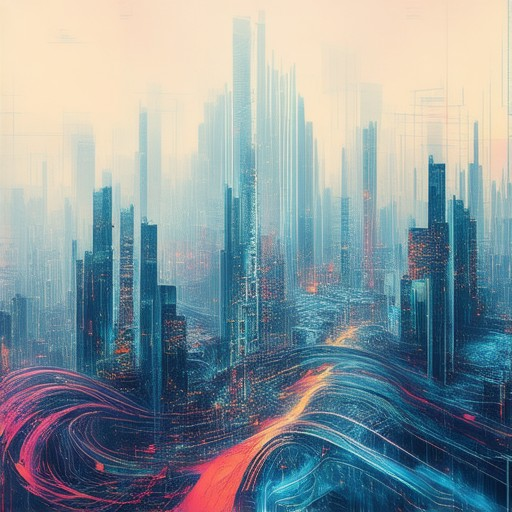
Best Web Design Examples from 2024
In 2024, web design continues to evolve with innovative approaches that prioritize user experience, accessibility, and sustainability. Here are some standout examples that define modern web design standards:
- Minimalist and Clean Design : Many modern websites are adopting a minimalist approach, focusing on simplicity, whitespace, and subtle animations. A great example is MinimalistWebsite , which showcases how less is often more in web design.
- AI-Powered Design Tools : The integration of artificial intelligence is revolutionizing web design. Tools like Figma and Adobe XD are leveraging AI to automate design processes and predict user behavior.
- Focus on Accessibility : Web designers are increasingly prioritizing accessibility features, ensuring that websites are usable for people with disabilities. Accessibility.org is a prime example of a website dedicated to promoting accessible web design.
- Sustainable Design Practices : Eco-conscious web design is gaining traction, with many websites now using renewable energy-powered servers and sustainable coding practices. Green Web Foundation leads the charge in promoting environmentally friendly web development.
These examples highlight the diversity of approaches in modern web design, from cutting-edge tools to ethical practices. Each of these designs sets a new standard for functionality, aesthetics, and user-centricity in the digital landscape.
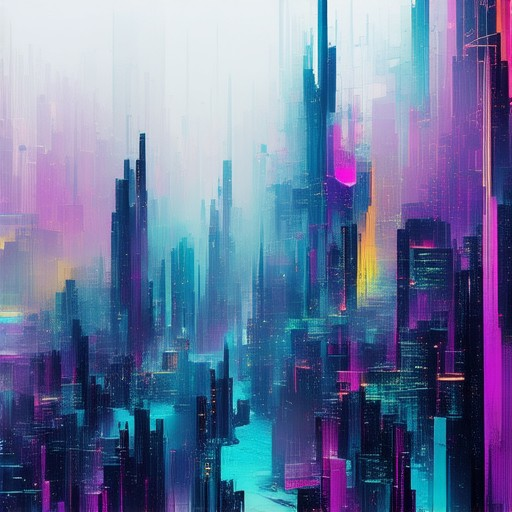
Standout Web Design Examples from 2024
The year 2024 has brought forth a wave of innovative web design examples that not only captivate users but also enhance usability. Here are some notable designs that have set new benchmarks in the field:
-
119 Web Design Platform
119 Web Design has emerged as a leading resource platform offering cutting-edge web design solutions. Their interface is designed to be intuitive, allowing users to easily navigate through tutorials, tips, and the latest design trends. The platform emphasizes collaboration tools, making it a favorite among teams working on complex projects.
-
Figma’s New Design System
Figma has revolutionized web design with its updated design system, focusing on accessibility and consistency. Their tools now support voice user interfaces, enabling designers to prototype interactions that adapt to spoken commands. This feature has significantly improved usability for developers and designers alike.
-
Pentagram’s Interactive Experiences
Pentagram, a renowned design studio, has created interactive experiences that blur the lines between web and app design. Their recent project, “The Sound of Sustainability,” uses dynamic visuals and soundscapes to engage users, making learning about environmental issues both fun and impactful.
-
Sagmeister & Walsh’s Brand Identity
Sagmeister & Walsh has redefined brand identity design with their 2024 collection. By integrating micro-interactions and personalized content, their work creates a unique and memorable experience for users. Their approach has set a new standard for brand consistency and user engagement.
-
Adobe Spark’s Redesigned Interface
Adobe Spark’s latest update introduces a sleek, gesture-based interface that adapts to individual user preferences. This innovation enhances creativity and productivity, making it easier for designers to collaborate and iterate on projects in real-time.
These examples demonstrate the evolution of web design, highlighting advancements in usability, functionality, and aesthetic appeal. Each design showcases a unique approach to problem-solving, ensuring that users benefit from more intuitive and visually stunning experiences.
Which web design examples from 2024 are considered the most innovative and visually stunning?
2024 has brought forth a wave of groundbreaking web design innovations that not only captivate users but also set new standards for creativity and functionality. Below are some of the most notable and visually striking examples that have made waves in the design community:
- Interactive 3D Elements: Designers have embraced 3D animations and transitions to create immersive experiences. Websites now feature floating shapes, dynamic product showcases, and interactive 3D maps that provide a unique visual journey for users. Explore 3D Design Examples
- Micro-Interactions: These small yet impactful animations enhance user engagement. Buttons that scale on hover, cards that lift on scroll, and loading animations that feel almost magical are just a few examples of how micro-interactions are transforming user experience. Learn More About Micro-Interactions
- AI-Powered Designs: AI is becoming a game-changer in web design. Tools like AI-generated color palettes and dynamic typography adapt to user behavior, creating personalized and visually rich interfaces that feel tailored to individual preferences. Discover AI-Driven Designs
- Cinematically Smooth Animations: Web animations now rival those in films. Smooth transitions, parallax effects, and frame-by-frame rendering are redefining how we perceive motion on the web, making interfaces feel more lifelike and engaging. See Cinematic Animation Examples
These examples highlight the evolution of web design in 2024, showcasing how innovation and aesthetics are merging to create extraordinary digital experiences. Whether through cutting-edge technology or clever design techniques, these creations are setting new benchmarks for the industry.
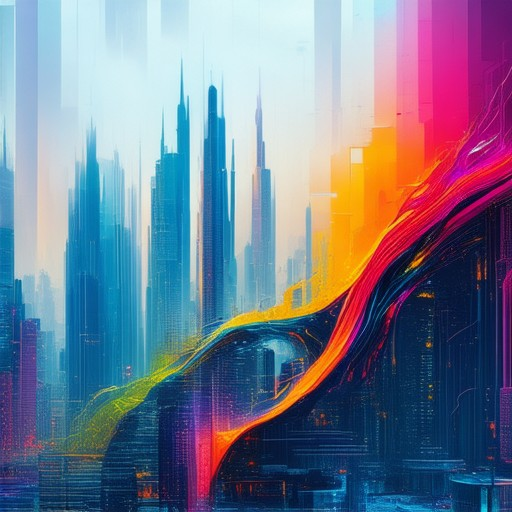
Standout Web Design Examples from 2024
In 2024, the landscape of web design has evolved significantly, with a strong emphasis on innovation and usability. Here are some notable examples that define the cutting-edge trends of the year:
- Interactive Storytelling Websites : Brands like this agency have pioneered websites that engage users through immersive narratives. Their work includes interactive elements that allow visitors to influence outcomes, enhancing both engagement and usability.
- Micro-interactions : Designers are increasingly incorporating subtle animations and feedback loops to create seamless user experiences. Tools like this tool enable creators to craft elegant micro-interactions that enhance navigation and visual appeal.
- AI-Powered Personalization : Platforms like this platform are leveraging AI to tailor website content dynamically based on user behavior and preferences, resulting in highly personalized and intuitive interfaces.
- Clean Minimalist Designs : Clean, minimalist designs continue to dominate, with this portfolio showcasing how simplicity enhances usability and reduces cognitive load.
- Dynamic Layouts : Responsive web designs are evolving beyond basic adaptability. This engine enables developers to create fluid layouts that adapt to user context, such as device orientation or usage patterns.
These examples underscore the convergence of creativity, technology, and user-centricity in modern web design. By focusing on innovation and usability, designers are redefining how users interact with digital content, setting new benchmarks for excellence in the field.
Conclusion
The web design innovations of 2024 highlight a shift toward user-first experiences combined with sophisticated visual and functional design. As technology continues to advance, these trends promise to shape the future of web interaction, making it more intuitive and visually stunning than ever before.
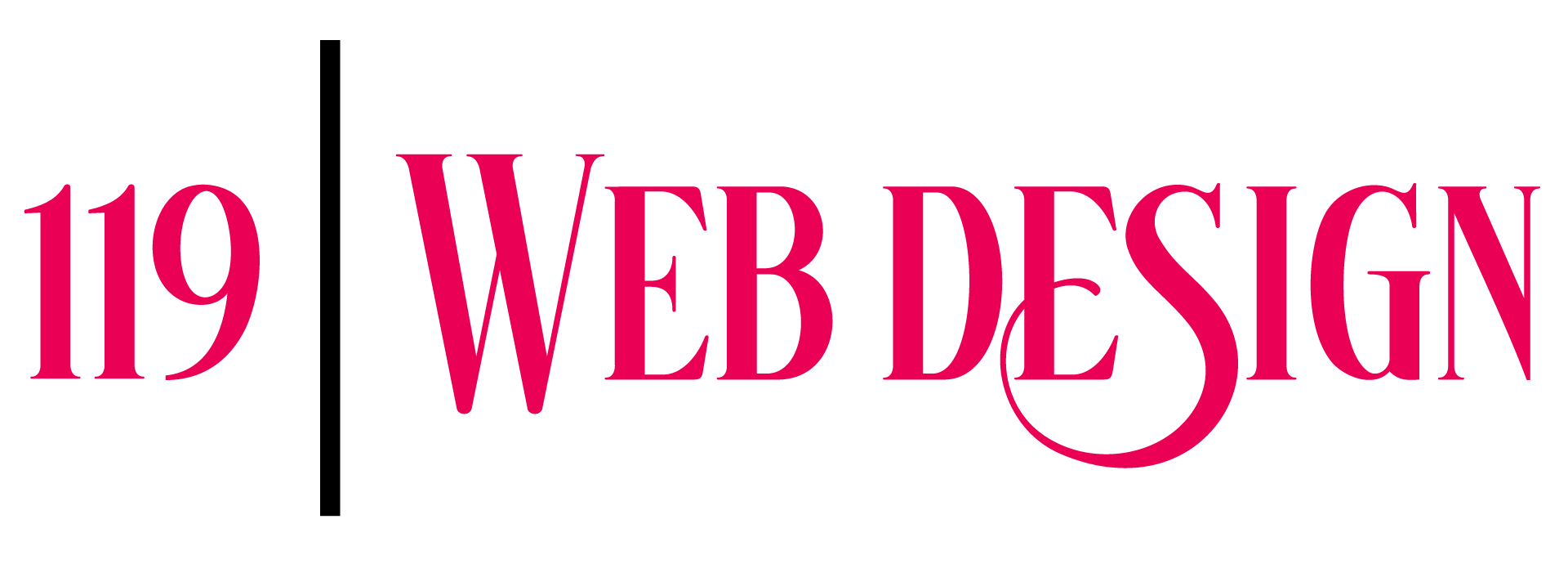

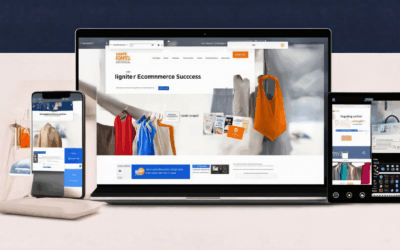
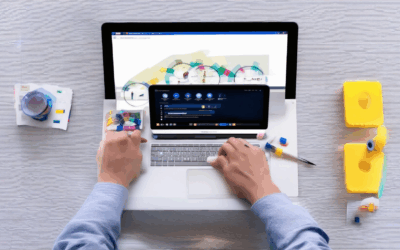
0 Comments